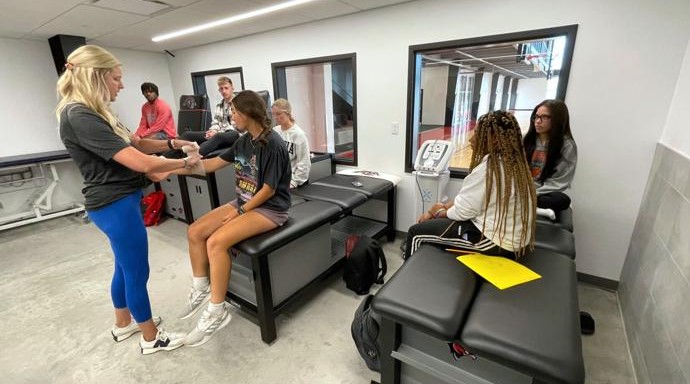High Stakes at the Olympics: The Sports with the Most Injuries
 The high-stakes world of Olympic sports is as fraught with danger as it is crowned with glory, with some athletes facing severe injuries that can halt careers and dash dreams.
The high-stakes world of Olympic sports is as fraught with danger as it is crowned with glory, with some athletes facing severe injuries that can halt careers and dash dreams.
As highlighted by Simone Biles' withdrawal from the Tokyo 2020 Summer Olympics due to the "twisties," the physical demands and risks athletes endure can have critical implications. Sports psychologist Carlin Anderson emphasized Biles' condition:
"She really could die—that's how serious it is."
In the lead-up to the Paris 2024 Olympics, a collaboration between Northwell Health and Stacker has shed light on the sports with the highest injury rates, drawing on data from the Tokyo and Beijing Olympics published in the British Journal of Sports Medicine.
This analysis reveals that high-speed and high-contact sports like BMX racing and boxing carry substantial risks.
For instance, BMX racer Connor Fields sustained a life-threatening injury during the Tokyo 2020 Olympics, including a brain hemorrhage and a collapsed lung, after a crash that was described by a Team USA doctor as "the worst injury of the Tokyo Summer Games."
Winter sports such as skiing and snowboard slopestyle also see a high incidence of injuries. The introduction of these events has been controversial due to the perilous nature of the courses and the extreme speeds athletes achieve.
The physical challenges are so acute that notable athletes, including Shaun White and Torstein Horgmo, have withdrawn from events to avoid the risk of injury.
These alarming injury rates at the Olympics underscore the critical role of medical teams on-site.
For example, at Beijing 2022, ski doctors like Dr. Che Lu were equipped with lifesaving gear to respond to emergencies within minutes, navigating icy, rugged terrains in freezing temperatures to reach injured athletes.
This sobering data serves as a reminder of the immense pressures Olympic athletes face and highlights the essential support systems in place to safeguard their health and well-being as they push the limits of human athletic performance.
Learn more here!
![HR Logo [Recovered]_Full Color Vertical-1](https://blog.healthyroster.com/hs-fs/hubfs/HR%20Logo%20%5BRecovered%5D_Full%20Color%20Vertical-1.png?width=199&height=178&name=HR%20Logo%20%5BRecovered%5D_Full%20Color%20Vertical-1.png)
 By
By




